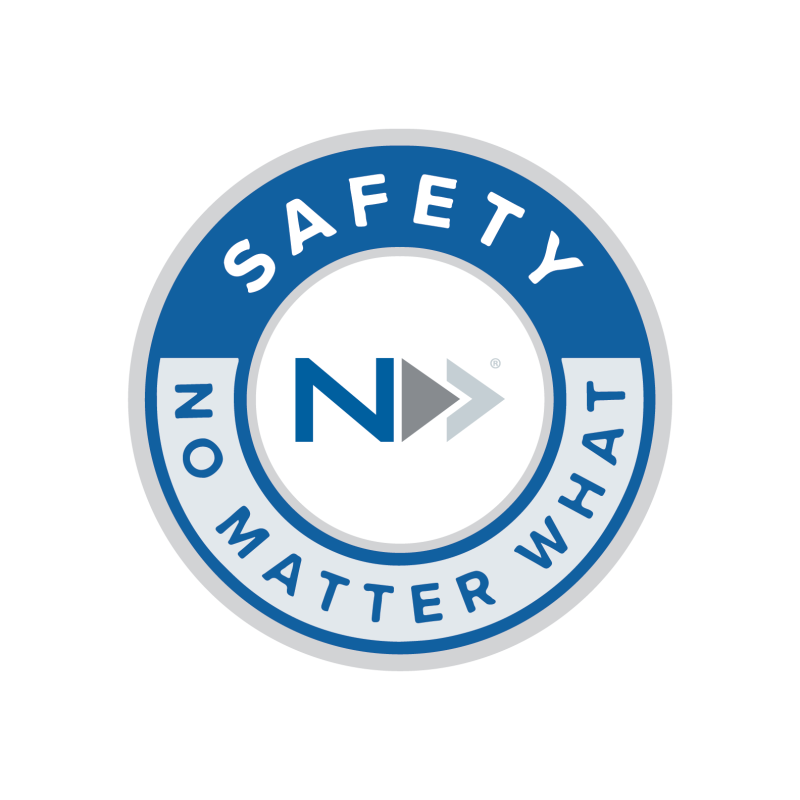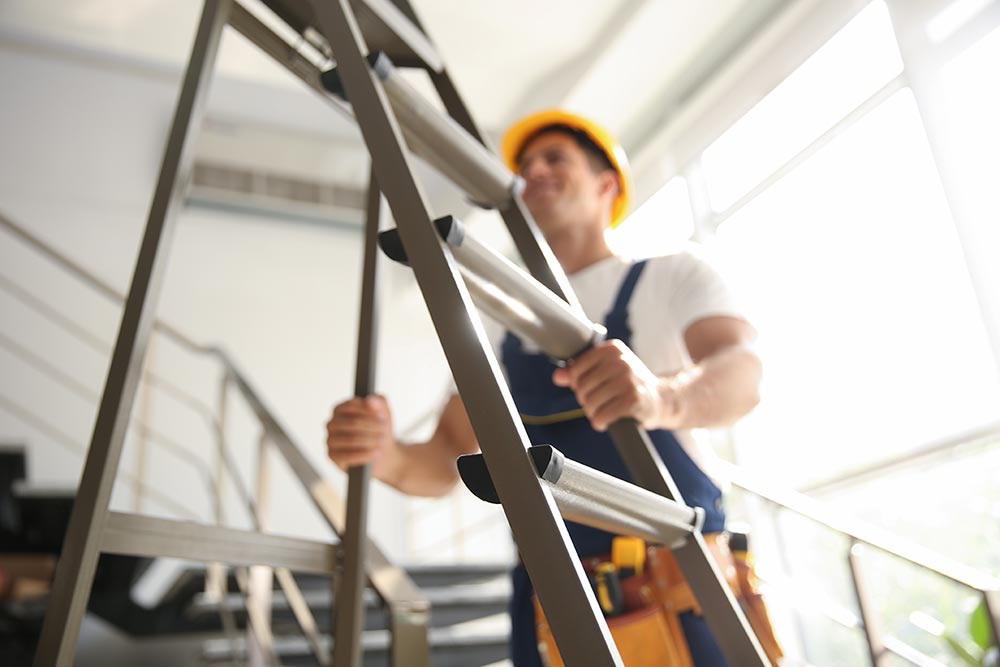March Safety Message

March is a transitional time in many areas of the country. While some enjoy a warm-up, others are still dealing with wintery weather. Wherever you are, March has two safety messages that I want to share.
Message Number One: March is Workplace Eye Safety Awareness Month. That is why I want to take this opportunity to remind you of a few tips to help protect your eyes while on the job.
First, some information. More than 2,000 eye injuries occur on the job site daily, and about one in 10 require missed workdays to recover. Of the total amount of work-related eye injuries, 10 to 20 percent will cause temporary or permanent vision loss in the affected employees.
And, while many people think that eye injuries primarily occur in manufacturing, construction or trade jobs, nearly 40 percent of work-related eye injuries occur in offices, healthcare facilities, laboratories and similar environments.
Flying objects, tools, particles, chemicals and harmful radiation are the causes of most eye injuries. And in many cases, implementing safe work practices and utilizing appropriate personal protective equipment could prevent them entirely.
- Always wear the appropriate safety eyewear for your job site or role, even if you are just passing through a hazardous area.
- If working in an area with particles or dust, be sure to wear safety glasses with side shields to protect against flying objects.
- When working with chemicals, always wear safety goggles or face shields to protect against splashing.
- When working around hazardous radiation like welding, lasers or fiber optics, be sure to use special-purpose safety goggles and helmets designed specifically for the task.
So, remember – something as simple as putting on a pair of safety glasses can prevent serious eye injuries. These injuries are painful, cause many lost workdays and sometimes lead to permanent vision loss. So, during the month of March, and year-round, remember to wear your safety glasses!
Also, March is National Ladder Safety Month!
Almost every home in the United States has one; chances are you have used one personally at work or home. From changing out a lightbulb to getting on top of a roof, ladders are a common piece of equipment used in almost every home or building and appear harmless— yet according to Injury Facts, thousands of people are killed due to falls from a ladder or scaffolding work. In fact, falls are the second leading cause of death, next to highway crashes.
Understanding the different types of ladders and safe ladder practices is key to preventing falls and other potential injuries.

Here are some helpful tips to always keep in mind when using a ladder:
- Read and follow all labels/markings on the ladder.
- Avoid electrical hazards! – Look for overhead power lines before handling a ladder. Avoid using a metal ladder near power lines or exposed energized electrical equipment.
- Always inspect the ladder before using it. If the ladder is damaged, it must be removed from service and tagged until repaired or discarded.
- Always maintain a 3-point (two hands and a foot, or two feet and a hand) contact on the ladder when climbing. Keep your body near the middle of the step and always face the ladder while climbing.
- Only use ladders and appropriate accessories (ladder levelers, jacks or hooks) for their designed purposes.
- Ladders must be free of any slippery material on the rungs, steps or feet.
- Do not use a self-supporting ladder (e.g., step ladder) as a single ladder or in a partially closed position.
- Do not use the top step/rung of a ladder as a step/rung unless it was designed for that purpose.
- Use a ladder only on a stable and level surface, unless it has been secured (top or bottom) to prevent displacement.
- Do not place a ladder on boxes, barrels or other unstable bases to obtain additional height.
- Do not move or shift a ladder while a person or equipment is on the ladder.
- An extension or straight ladder used to access an elevated surface must extend at least 3 feet above the point of support. Do not stand on the three top rungs of a straight, single or extension ladder.
- The proper angle for setting up a ladder is to place its base a quarter of the working length of the ladder from the wall or other vertical surface.
- A ladder placed in any location where it can be displaced by other work activities must be secured to prevent displacement or a barricade must be erected to keep traffic away from the ladder.
- Be sure that all locks on an extension ladder are properly engaged.
- Do not exceed the maximum load rating of a ladder. Be aware of the ladder’s load rating and of the weight it is supporting, including the weight of any tools or equipment.
While some of these dos and don’ts may seem obvious, it’s important to keep things in perspective, every year, over 100 people die in ladder-related accidents, and thousands suffer disabling injuries.
While falls from ladders are a growing concern, it’s also reassuring and important to remember that ladder-related injuries and fatalities are completely preventable.
